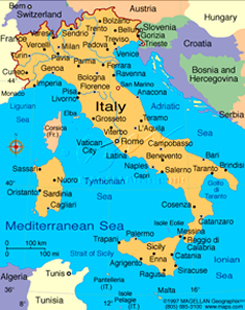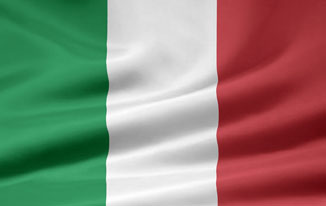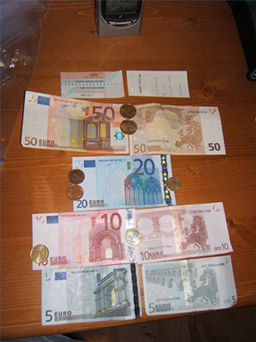|
||
|
Ethnicity make-up: Italian; small groups of German, French, and Slovene in the north; Albanian and Greek in the south. Government: Republic Capital City: Rome
|
||
Religion: Roman Catholic |
||
Italians have always had their own sense of style that ties down with their appearance as well as their personalities. Some examples include: Appearance; this is a huge factor for them. You are dressed by the clothes you wear and that will determine your social status, your family’s background, and your education level. Clothes are very important in Italy and good images are also important to them. Your first impression will always be your last impression and Italian’s will judge you by your appearance. |
||
Italy’s flag was adopted on January 21, 1919. The flag contains three colors: green, white, and red. These three colors are vertical on the flag and they have several meanings to them. The color green is located on the hoist side of the flag and it resembles the plains and the hills of Italy. The color white is located on the center of the flag and it resembles the snowy Alps. The color red is located on the other side of the white and it resembles the blood spilt in the Italian Independence Wars. The flag also resembles some religious meanings too. The green represents hope; the white represents faith and the red represents charity.
|
||
Italian language is considered a romance language and it is spoken throughout the Italian peninsula, southern Switzerland, San Marino, Sicily, Corsica, and northern Sardinia. With the development of the Italian language many dialects arose and Italian writers produced several documents during the 10th century. By the 19th century, the language was taught by the Tuscans and it had a huge impact throughout Italy. The language became significant in social, economical, and cultural transformation. By having mandatory schooling, the Italian language became the national language for everyone.
|
||




